The forthcoming fit-out on the nuclear island of Unit 1 is described as a “mammoth undertaking”. It will require a workforce of up to 4,000 at peak times, including welders, pipe fitters and electricians, working as an alliance.
This phase of work in Somerset will take place over three years with NNB Genco, the subsidiary created by EDF Energy, teaming up with four suppliers – Balfour Beatty Bailey, Doosan, Cavendish and Altrad.
Following an in-depth assessment by The Office for Nuclear Regulation of the MEH proposals, the regulator has finally approved the start of this next phase of the project. It was initially hoped to get sign-off for bulk MEH works last October.
The MEH programme involves electrical and mechanical installations encompassing around 4,000 rooms.
Works will involve 380km of pipework, 20,000 valves, with thousands of welds and associated radiography, and 9000 km of cabling.
Construction at Hinkley Point C began in October 2016, bringing the project just past the five-year mark with projections made last year by EDF that the site should start generating power in mid-2026.
So far, most of the activity at Hinkley Point C has been in the field of civil construction but work on site is set to significantly increase around the installation of mechanical and electrical components and welding.
Shane Turner, superintending inspector for Hinkley Point C, said: “With ONR’s agreement to permission bulk MEH installation in Unit 1 nuclear island, this represents a major change to the project.
“Our scrutiny of the work at Hinkley Point C has been constant from the start and this will remain the same as developments move to its next important phase.
“At the front and centre of our regulation of any under construction plant is clear evidence from a site licensee to demonstrate its overall installation complies with the highest standards of UK safety and security.
“Only once these are met will ONR sanction the site to proceed to the next stages of the construction, installation and commissioning.”





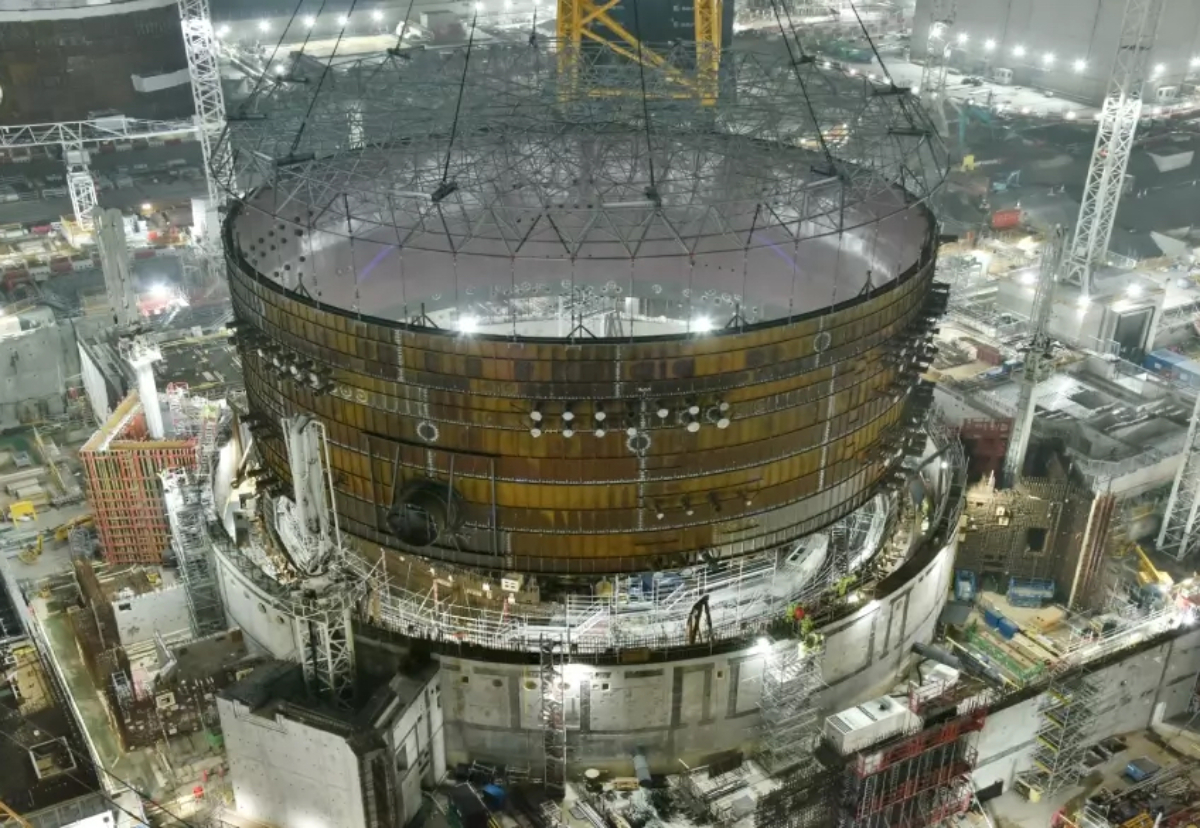


 (300 x 250 px).jpg)


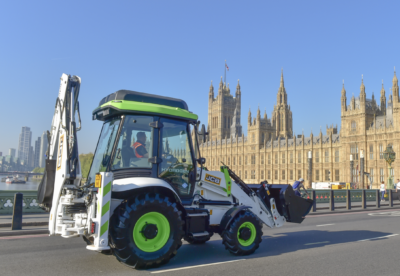
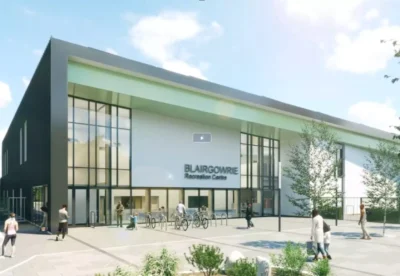
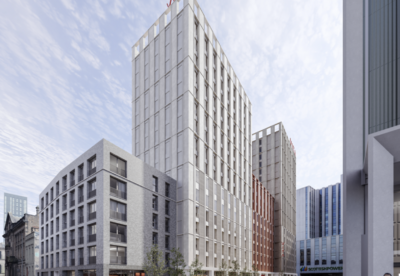

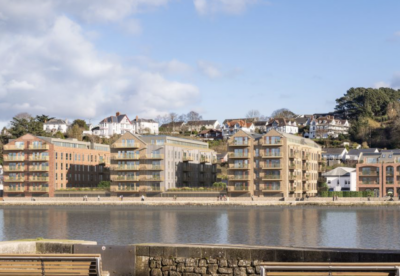
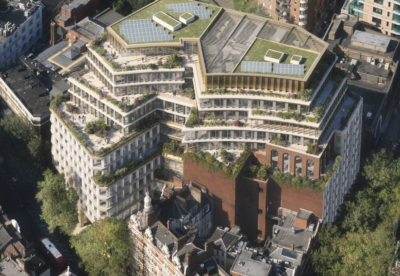
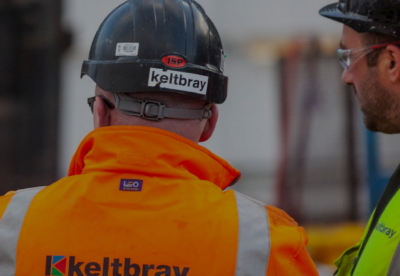

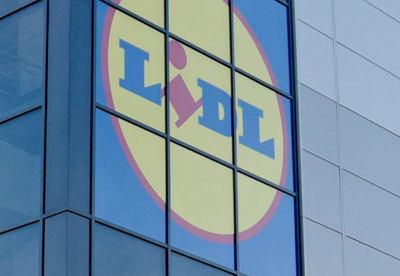
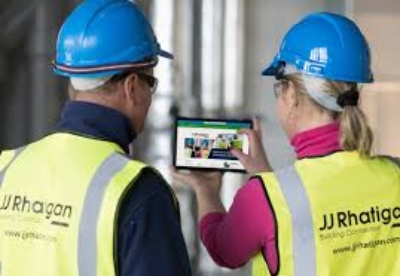
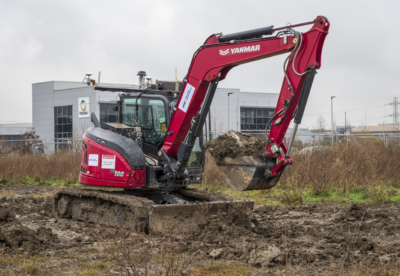

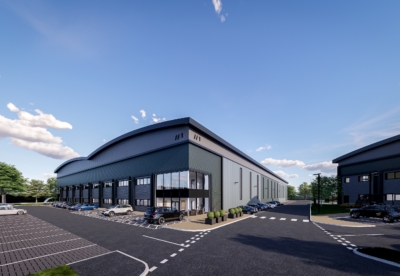
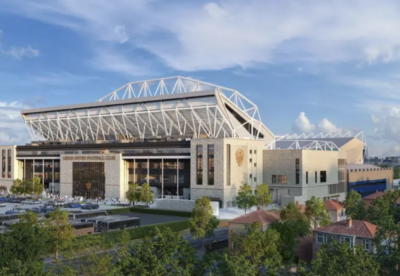


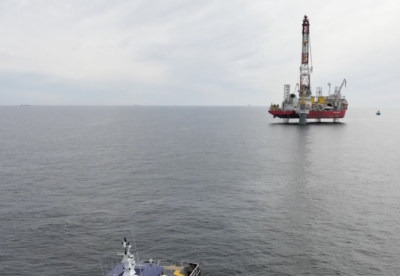
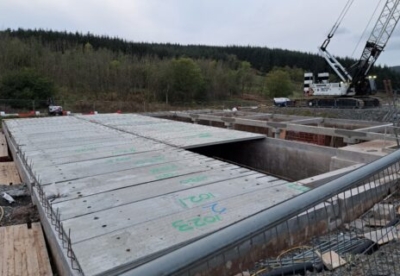


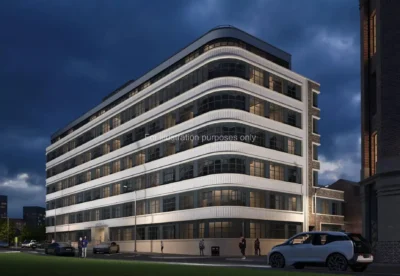
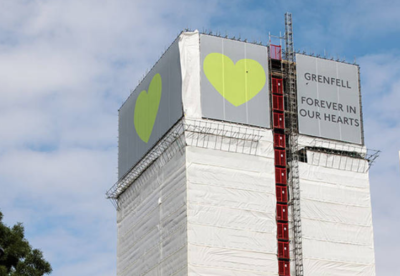
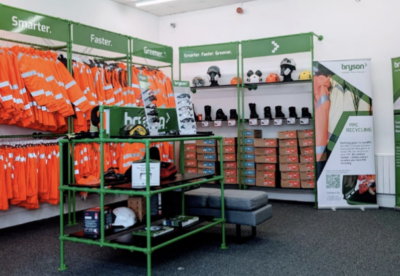

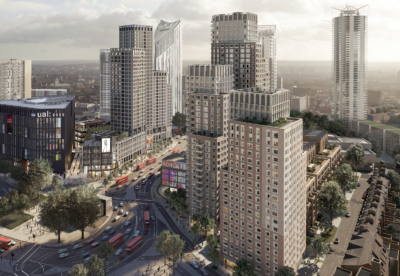
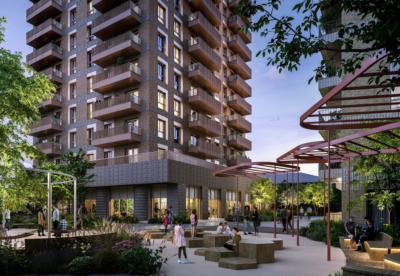
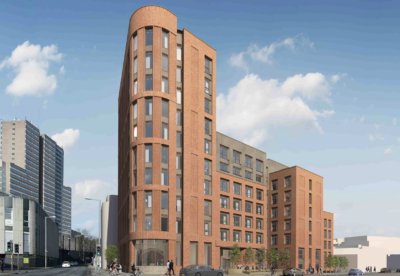
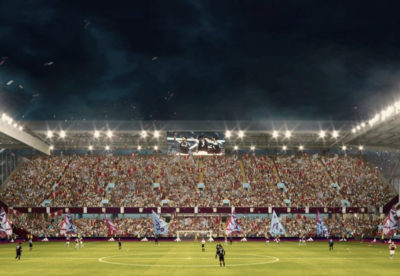
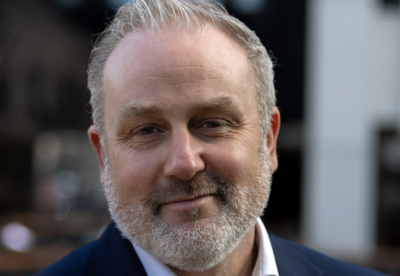

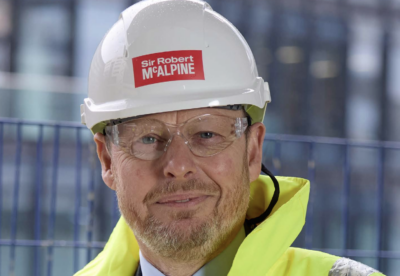
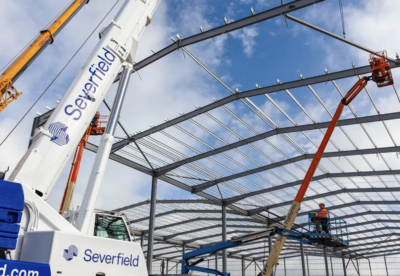
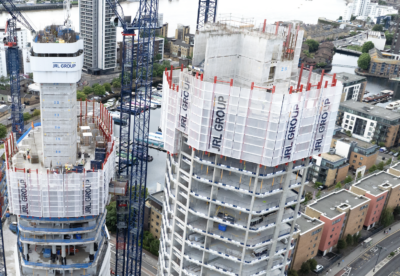

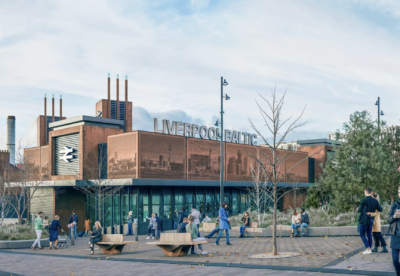
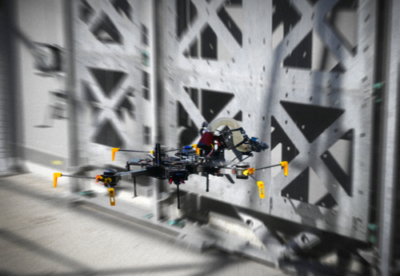




.gif)




